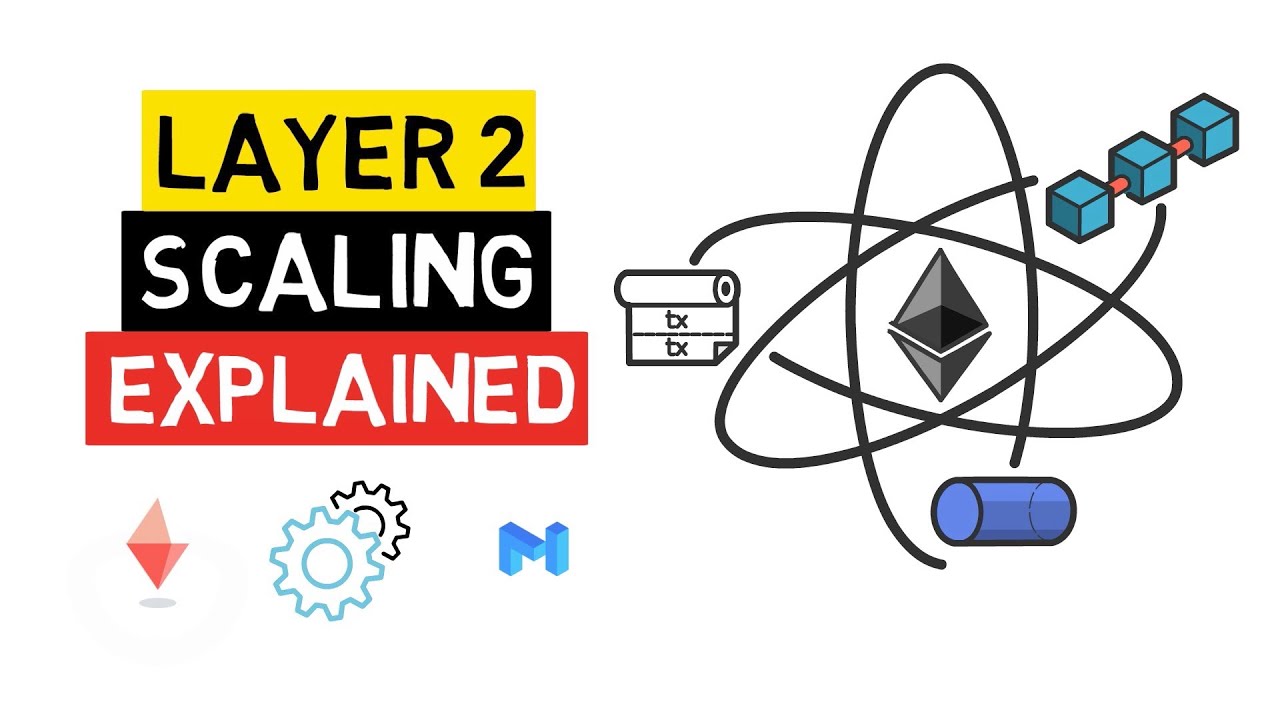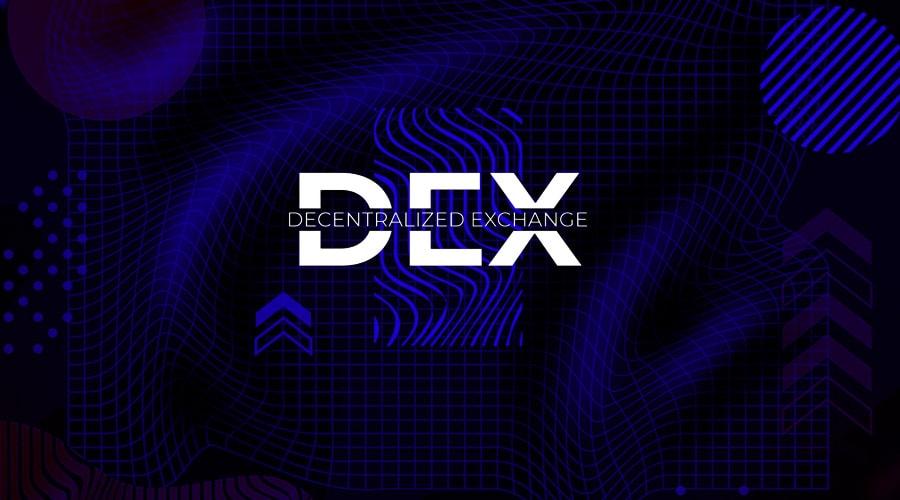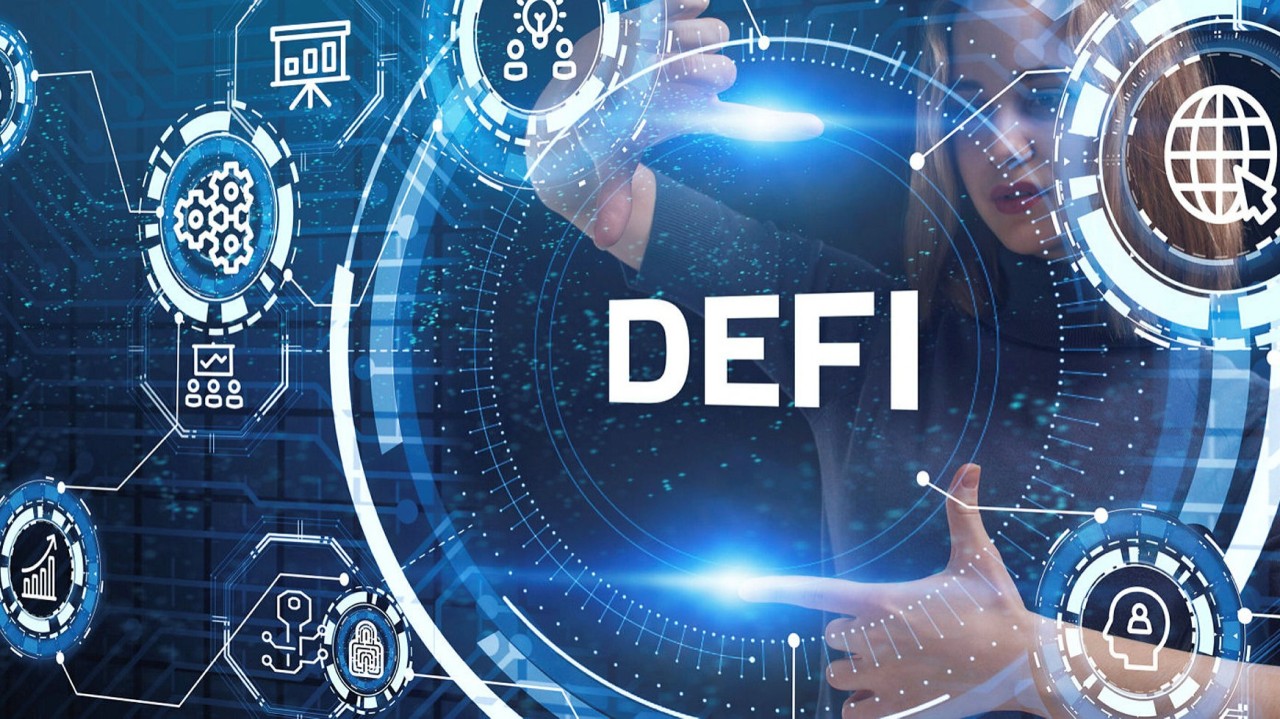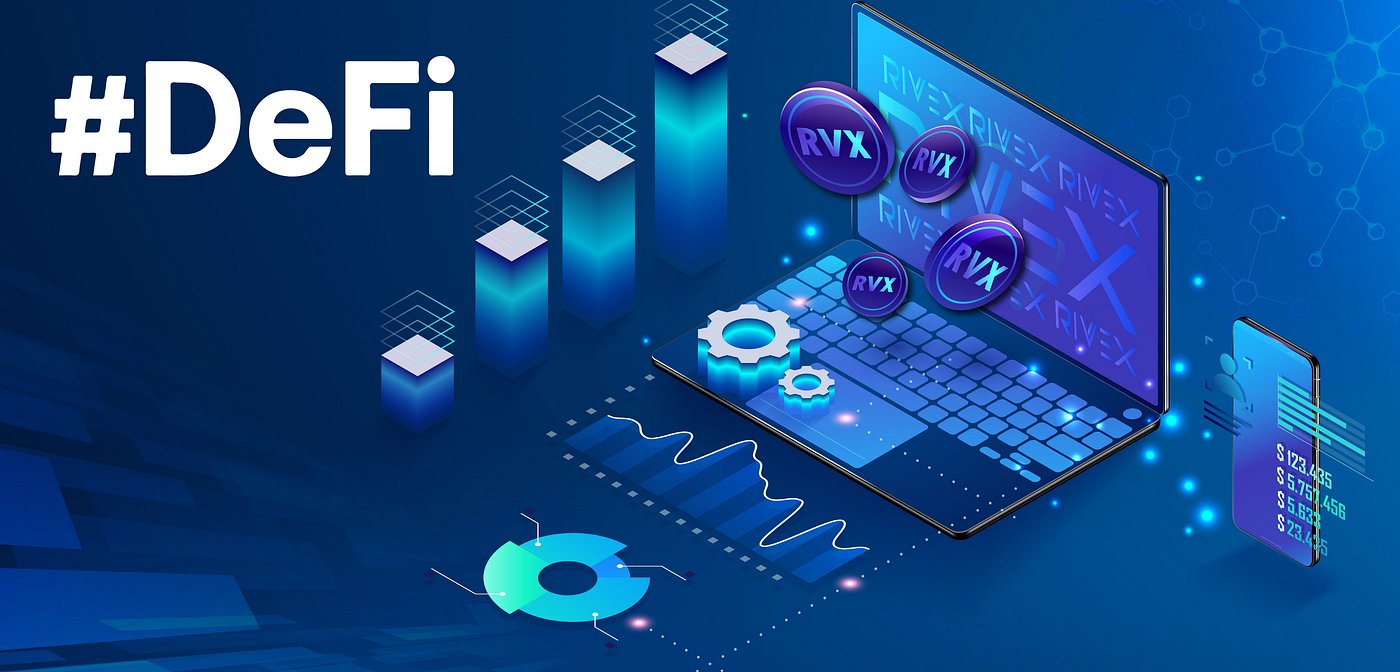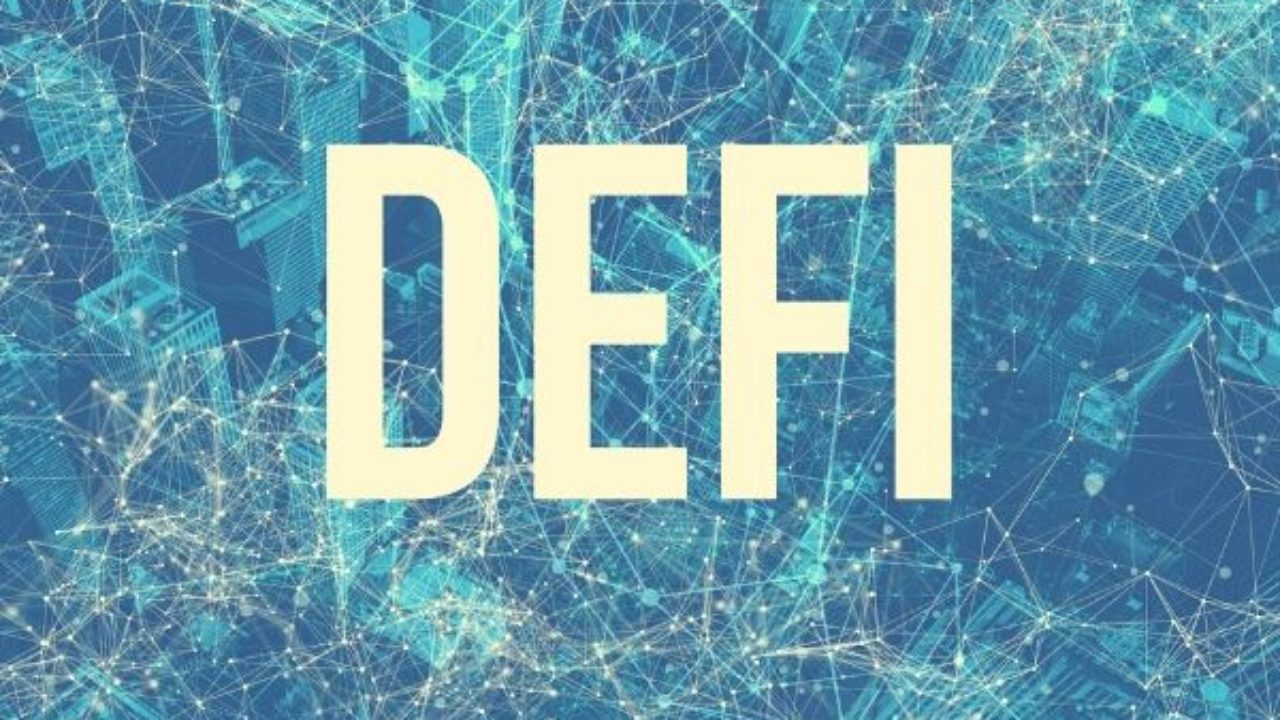In the ever-evolving landscape of cryptocurrency and decentralized finance (DeFi), Layer-2 blockchains have emerged as a formidable solution to scalability challenges, breathing new life into the DeFi ecosystem. While Ethereum remains a pioneer in DeFi, its limitations have become increasingly apparent. This article explores how Layer-2 blockchains are gaining prominence, offering faster and more cost-effective solutions for DeFi apps, platforms, and investments.
The Rise of DeFi Crypto
DeFi, short for decentralized finance, has revolutionized the financial industry by enabling users to access financial services without relying on traditional intermediaries. It’s no surprise that DeFi crypto has become the buzzword in the world of finance. These decentralized platforms have opened up a world of opportunities for users to earn, lend, borrow, and trade crypto assets seamlessly. However, the growing popularity of DeFi has exposed the limitations of its underlying blockchain infrastructure.
The Ethereum Dilemma
Ethereum, the pioneer of DeFi, has struggled to keep up with the surging demand for DeFi apps and platforms. The network congestion and high gas fees have hindered the growth of DeFi cryptocurrency. Users and developers alike have sought more efficient alternatives to conduct DeFi investments. Ethereum’s scalability concerns have been a pressing issue, leading to the exploration of Layer-2 solutions.
Layer-2 Blockchains: The Game Changer
Layer-2 blockchains, also known as second-layer solutions, are designed to operate on top of existing blockchains, addressing their scalability issues. These solutions offer a faster and cost-effective environment for DeFi applications, making them a compelling choice for users and developers.
Top DeFi Platforms Migrating to Layer-2
One of the key reasons for the rise of Layer-2 blockchains is their adoption by top DeFi platforms. These platforms have recognized the need for scalability and have taken steps to integrate Layer-2 solutions into their ecosystems. The move towards Layer-2 aims to enhance the overall user experience by reducing transaction costs and latency.
Decentralized Finance on Layer-2
Layer-2 blockchains provide an ideal environment for DeFi applications. They enable DeFi apps to function seamlessly without the bottlenecks and congestion seen on the Ethereum network. DeFi apps on Layer-2 can offer users quicker transaction confirmations and lower fees, resulting in a more efficient and user-friendly experience.
The Ecosystem of Layer-2 DeFi
The Layer-2 DeFi ecosystem is vibrant and expanding rapidly. It encompasses a wide range of DeFi platforms, decentralized exchanges, lending protocols, and liquidity pools. Users can access a multitude of DeFi investment opportunities, all within the Layer-2 environment. The decentralized nature of these platforms ensures security and trust, making them an attractive option for DeFi crypto investors.
Upcoming DeFi Projects on Layer-2
The promise of Layer-2 scalability has attracted a wave of innovation in the DeFi space. Numerous upcoming DeFi projects are choosing Layer-2 solutions to build their platforms. These projects aim to offer unique and specialized DeFi services, further diversifying the DeFi crypto landscape. Investors are keeping a keen eye on these projects, expecting them to bring fresh opportunities and innovations to the market.
Benefits of Layer-2 for DeFi Crypto Apps
Layer-2 blockchains offer several advantages for DeFi apps. First and foremost, they provide near-instant transaction confirmations, eliminating the frustrating delays that users often encounter on Ethereum. This speed enhances the usability of DeFi platforms, making them more attractive to mainstream users.
Reduced transaction costs are another significant benefit. With Layer-2 solutions, DeFi crypto app users can conduct transactions with minimal fees, making DeFi investments more accessible to a broader audience. This cost-effectiveness encourages more users to participate in DeFi, ultimately driving its growth.
Layer-2 blockchains also enhance the overall security of DeFi apps. By offloading transactions to Layer-2, the risk of congestion-related issues and network attacks decreases significantly, ensuring a safer environment for users to interact with DeFi platforms.
The Road Ahead for DeFi
The rise of Layer-2 blockchains is reshaping the landscape of DeFi. As Ethereum faces challenges related to scalability and congestion, Layer-2 solutions have stepped in to offer a more efficient and cost-effective alternative. Top DeFi platforms are embracing these solutions, and upcoming DeFi projects are choosing them to build their innovative platforms.
The future of DeFi lies in the hands of Layer-2 blockchains, which promise to provide faster, cheaper, and more secure DeFi investments. As these solutions continue to evolve and gain traction, the DeFi crypto ecosystem is set to expand further, offering users unprecedented opportunities in the world of decentralized finance. Stay tuned for the exciting developments that Layer-2 blockchains will bring to the DeFi space.
